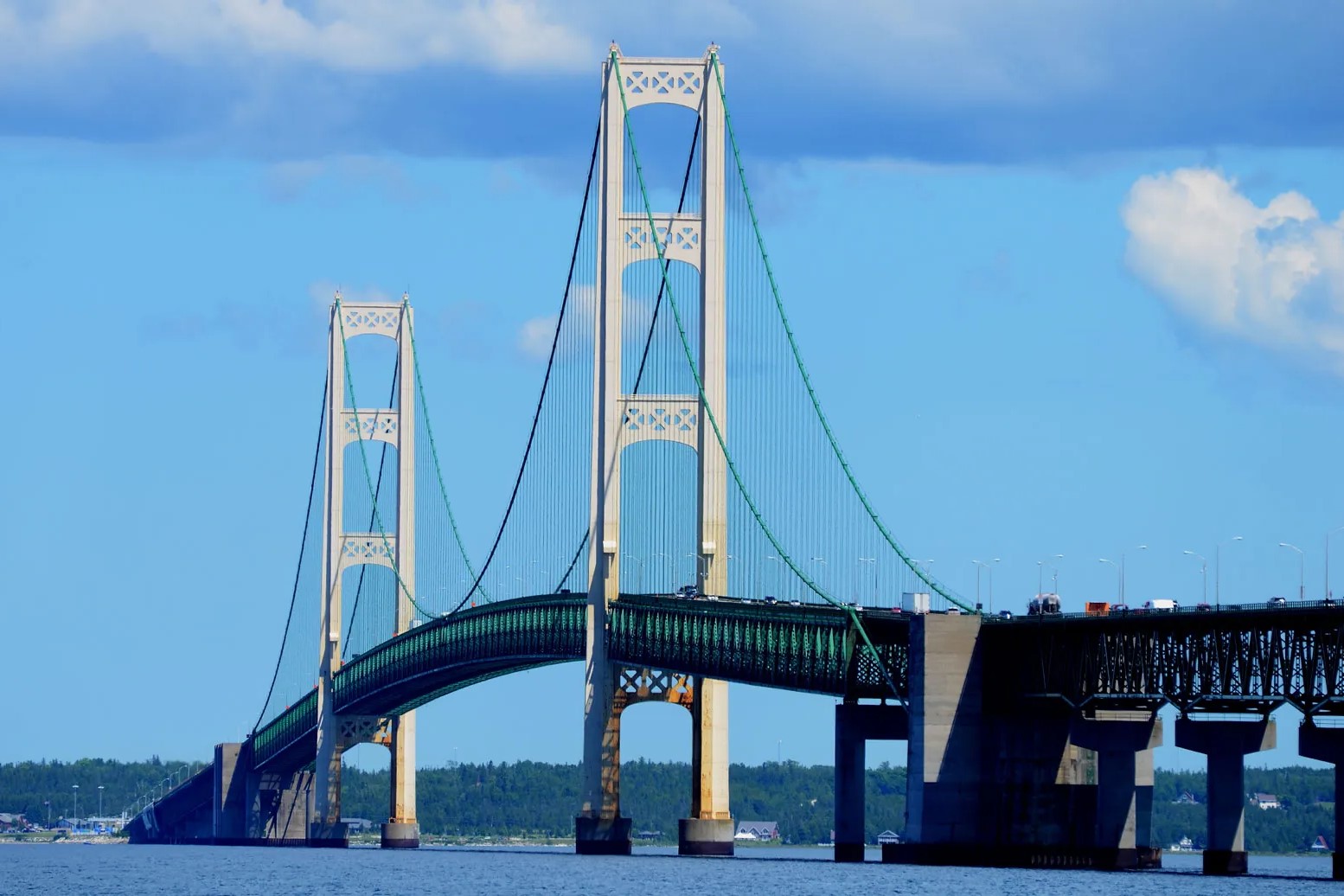Secrets Of Mackinaw Michigan Trading Routes

Have you ever wondered about the trading routes that shaped Mackinaw, Michigan? This charming town, nestled between Lake Michigan and Lake Huron, holds a rich history of commerce and culture. Long before modern highways, Native American tribes and European settlers used these waterways for trade. Canoes and ships carried furs, food, and other goods, making Mackinaw a bustling hub. Today, visitors can still feel the echoes of this vibrant past. Walking through the streets, you might imagine the lively exchanges that once took place. From the historic forts to the scenic views, Mackinaw offers a glimpse into a world where trade was the lifeline. Whether you're a history buff or just curious, there's something magical about uncovering the stories behind these ancient paths. Ready to learn more about Mackinaw's trading legacy? Let's dive into the fascinating history that made this town a cornerstone of commerce.
Discovering Mackinaw's Trading Legacy
Mackinaw, Michigan, holds a rich history of trading routes that shaped its culture and economy. This area served as a bustling hub for traders, explorers, and Native American tribes. Let's uncover some key locations that played a significant role in Mackinaw's trading history.
1. Fort Michilimackinac
Fort Michilimackinac stands as a testament to the area's trading past. Built by the French in 1715, this fort became a vital trading post. It connected traders with Native American tribes, exchanging goods like furs, tools, and food. Today, visitors can explore reconstructed buildings and learn about life during the fur trade era.
2. Mackinac Island
Mackinac Island, a short ferry ride from the mainland, was a strategic trading location. Its position between Lake Huron and Lake Michigan made it a key stop for traders. The island's natural beauty and historic sites, like Fort Mackinac, offer a glimpse into its trading past. Visitors can enjoy horse-drawn carriage tours and explore the island's unique charm.
3. Straits of Mackinac
The Straits of Mackinac served as a crucial waterway for traders navigating the Great Lakes. This narrow passage connected Lake Michigan and Lake Huron, facilitating the movement of goods and people. The Mackinac Bridge, an engineering marvel, now spans the straits, linking Michigan's Upper and Lower Peninsulas.
Native American Influence on Trading Routes
Native American tribes played a significant role in shaping Mackinaw's trading routes. Their knowledge of the land and waterways was invaluable to traders. Let's explore some locations that highlight this influence.
4. Headlands International Dark Sky Park
The Headlands International Dark Sky Park offers more than just stargazing. This area was once a gathering place for Native American tribes, who used the stars for navigation. The park's trails and interpretive signs provide insight into the cultural significance of the night sky for these early traders.
5. Colonial Michilimackinac State Park
Colonial Michilimackinac State Park preserves the history of the fur trade and Native American interactions. Visitors can explore reconstructed buildings and watch reenactments of daily life. The park's exhibits highlight the collaboration between traders and tribes, showcasing the exchange of goods and ideas.
Modern-Day Mackinaw: A Blend of History and Adventure
While Mackinaw's trading routes are steeped in history, the area now offers a mix of historical exploration and outdoor adventure. Let's look at some spots where visitors can experience this blend.
6. Mackinaw City
Mackinaw City serves as a gateway to the region's history and natural beauty. The city offers museums, shops, and restaurants that celebrate its trading past. Visitors can also enjoy outdoor activities like hiking, biking, and boating, making it a perfect base for exploring the area.
7. Old Mackinac Point Lighthouse
Old Mackinac Point Lighthouse guided ships through the treacherous waters of the Straits of Mackinac. Today, it stands as a museum, offering panoramic views of the Great Lakes. Visitors can learn about the lighthouse's role in maritime navigation and its connection to the region's trading history.
8. Wilderness State Park
Wilderness State Park provides a natural escape with its miles of trails, beaches, and forests. This park offers a chance to connect with the landscape that once supported traders and Native American tribes. Visitors can camp, hike, and explore the diverse ecosystems that make this area unique.
Mackinaw's Trading Legacy
Mackinaw, Michigan, holds a rich history of trading routes that shaped its development. These routes were vital for the exchange of goods like furs, fish, and timber, connecting various communities and cultures. The strategic location of Mackinaw, where Lake Michigan and Lake Huron meet, made it a bustling hub for traders and explorers. This legacy is still visible today in the town's architecture, museums, and cultural events. Visitors can explore historic sites like Fort Mackinac and learn about the indigenous tribes and European settlers who played crucial roles in the region's history. Understanding these trading routes offers a glimpse into the past and highlights the importance of Mackinaw in the broader context of North American trade. Whether you're a history buff or just curious, Mackinaw's trading legacy provides a fascinating journey through time.

